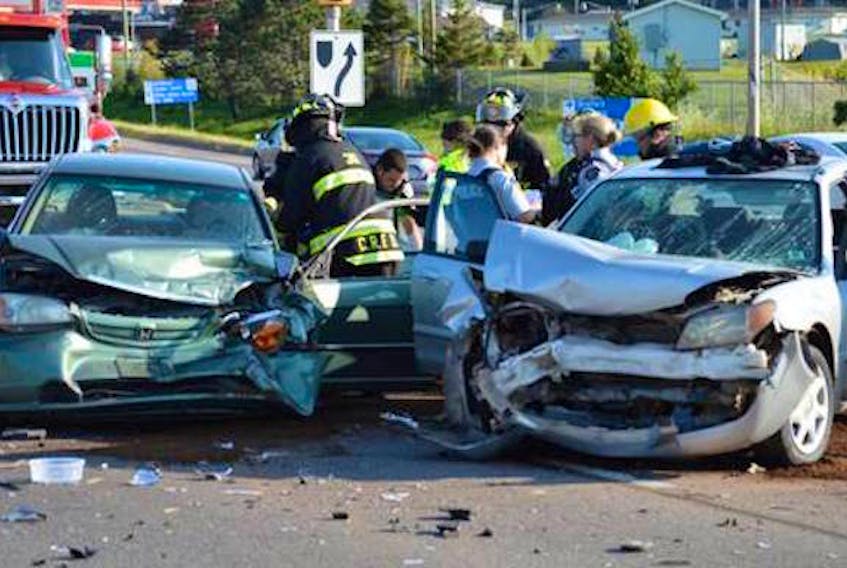The call came late in the morning on a deadline day in August. There was a murder. I turned to my senior reporter, Bonnie.
“Go. Get what you can.”
I didn’t need to state the obvious. The press had to run at 3 p.m. for our paper to get to the delivery team on time.
Bonnie nodded. A salesman who knew the area where the attack had taken place piped up.
“I can take you.”
It would take them an hour to get there and back, leaving them about two hours and change. I had stories to edit, pages to fill. I turned back to my computer, blocked off a large part of the front page for what I expected would be our top story, and went back to work.
Bonnie returned at about 2 p.m.
It was a murder. A girl in her early teens was dead. The RCMP had blocked off the dirt road leading to a camp by a small river.
“I talked to the girl’s mother,” Bonnie said. “She gave me a school photo.”
She handed me the 8-by-10.
Determined to get a photo at the scene too, Bonnie – wearing heels – had scrambled behind the salesman along a path to a wooded cliff overlooking the camp.
“I fired off a roll, but the lens kept fogging up and I couldn’t see anything,” she said.
This was the mid-1980s, before the internet and digital cameras. It would take 30 minutes for the black and white film to be developed and a sheet of thumbnails printed.
Bonnie sat down to write. I put the rest of the paper to bed. The gaping space on the page one and another on the attached back page of the section waiting on her.
“She was right,” said the dark room technician half an hour later. “There’s a fog in the middle of every photo.”
I looked at the thumbnails with a magnifying glass.
“That one,” I pointed. “There might be something in the right corner.”
Minutes later I was proved right. Hidden under a blanket, lying next to a bicycle leaning against the camp, one leg bent up, was the body of the girl.
I had 20 minutes to decide. Did we run the body-under-the-blanket photo, and if so, where? It was either page one, or page 16. I called in the staff – reporters, sales, the front desk, layout, print shop - and asked for their opinions. An instant focus group.
Go, they agreed. Somehow, the mother giving an interview made it feel OK. What page? That was up to me.
I ran the body shot on page 16 and the school photo on page one. I couldn’t put the body shot on page one. Just couldn’t do it. Then I braced for the flood of phone calls the next day.
I didn’t get one. Apparently, I’d got it right.
Disturbing photos are always a tough call for a newsroom, and an easy target for armchair experts. But newsrooms must show the world to people as it really is.
The Toronto Star was slammed recently for running the photo of alleged serial killer Bruce McArthur with its stories. It’s “offensive,” said one reader. It’s making him a celebrity, said another.
Understandable criticisms. But the news business is about shining a bright light on reality. No one said that’s going to be popular.
- Rick MacLean is an instructor in the journalism program at Holland College in Charlottetown.








